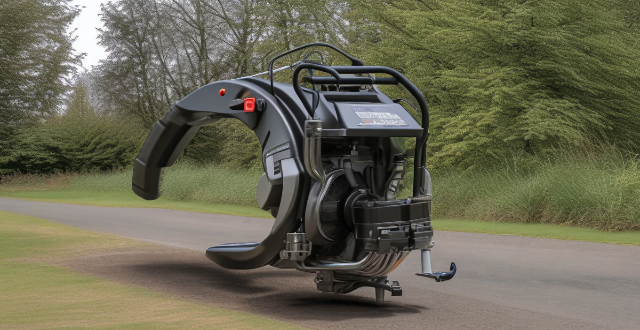Electronic parking brakes (EPB) offer a modern alternative to traditional handbrakes in vehicles. They consist of a control module, actuation motor, sensors, lever or button for the driver, and the actual braking components at the wheels. To apply the parking brake, the driver's input activates the motor through the control module, which mechanically pushes the brake pads against the rotor or expands brake cylinders. Releasing the brake reverses this process. EPB systems provide several advantages, including space efficiency, automatic functionality, integration with other safety systems, and convenience features such as hill-hold assist. However, drivers should still be aware of their operation and not fully rely on them for vehicle security, emphasizing the importance of regular maintenance and checks.

How Do Electronic Parking Brakes Function?
Overview of Electronic Parking Brakes (EPB)
Electronic parking brakes, often referred to as EPB or electronic handbrakes, are a modern automotive feature designed to replace traditional handbrakes. They offer convenience, space-saving, and improved safety features compared to mechanical handbrakes. Instead of pulling a lever to apply force through a cable system, EPB systems use an electronic control unit that activates motors to engage the brakes on the rear wheels.
Components of an EPB System
- Control Module: The brain of the system that receives signals from the driver and controls the motor.
- Actuation Motor: Powers the mechanism that applies or releases the parking brake.
- Sensors: Provide feedback to the control module about the status of the parking brake.
- Parking Brake Lever/Button: The interface where the driver commands the system.
- Wheel Cylinder or Calipers: The actual braking components at the wheel.
Functionality Steps
Applying the Parking Brake
1. Driver Input: The driver pulls up on the EPB lever or presses a button.
2. Signal to Control Module: This action sends an electronic signal to the control module.
3. Activating the Motor: The control module then activates the actuation motor.
4. Mechanical Action: The motor turns a screw mechanism or similar device which pushes the brake pads against the rotor or expands the brake cylinders at the wheels.
5. Feedback to Driver: Sensors confirm the brakes are applied and provide feedback to the driver either through a light or message in the instrument cluster.
Releasing the Parking Brake
1. Driver Input: The driver pushes down on the lever or presses the release button.
2. Signal to Control Module: This sends another electronic signal to reverse the process.
3. Reversing the Motor: The control module reverses the motor's direction, which retracts the brake pads or relaxes the brake cylinders.
4. Confirmation of Release: Sensors verify that the brake is fully released and communicate this to the driver via the dashboard indicator.
Advantages of EPB Systems
- Space Efficiency: Eliminates the need for a large mechanical handbrake lever and cables.
- Automatic Functionality: Some systems can automatically apply the parking brake when the vehicle is turned off, ensuring the vehicle is always secure.
- Integration with Other Systems: Can work in conjunction with electronic stability control and anti-lock braking systems for enhanced safety features.
- Convenience: Often includes features like hill-hold assist, which prevents the vehicle from rolling back when starting on an incline.
Safety Considerations
While EPB systems are designed with redundancies and safety features, it's important for drivers to understand their operation and not rely solely on electronic systems for vehicle security. Regular maintenance and checks should be performed to ensure proper functioning of the EPB system.